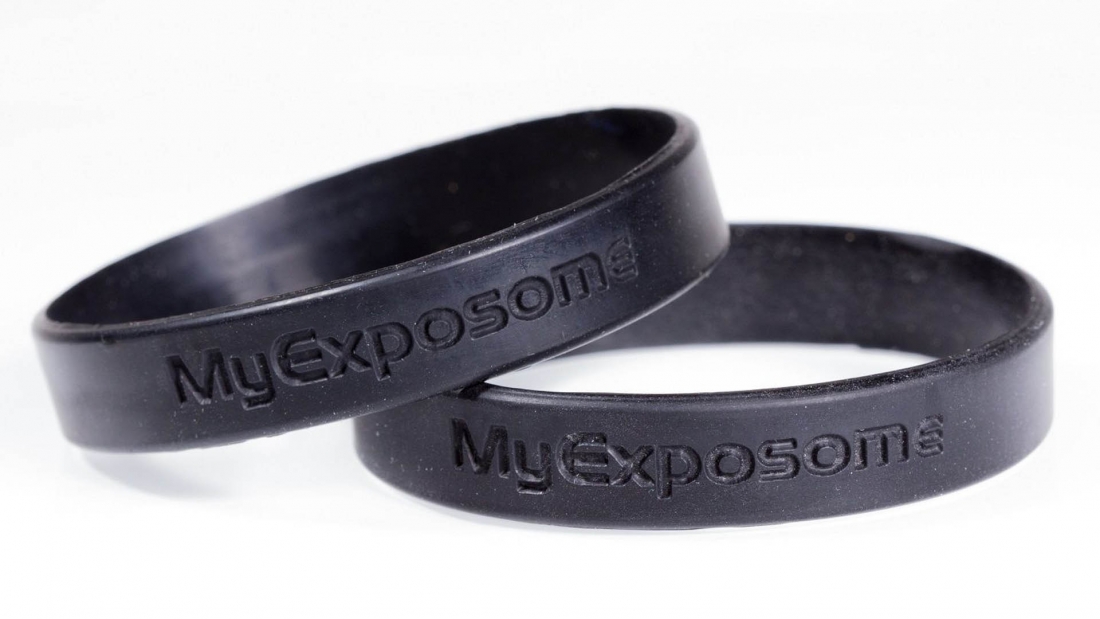Levi’s Wants To Sell You Jeans From Recycled Fabric
Levi’s is clearly trying to establish themselves as an ecological leader in the fashion industry. Soon after we posted the story about Re/Done transforming old Levi’s into new jeans, Levi’s announced it was accepting unwanted clothing for recycling. The company is trying to do its part to reduce the over 24 billion pounds of clothing, shoes, and textiles Americans discard into our landfills every year. Simply bring your garments into any Levi’s store or outlet and you will receive a 20% off coupon. The clothing, through a partnership with I:Collect, is then collected and repurposed into things such as building insulation, cushions, and new fibers for clothing.
This is all part of the iconic American brand’s effort to be involved in the circular economy. Currently most industries, especially fashion, participate in a linear economy; resources are gathered, products are created, and then the goods are discarded. Levi’s estimates that for a pair of jeans the lifespan averages
Continue reading



